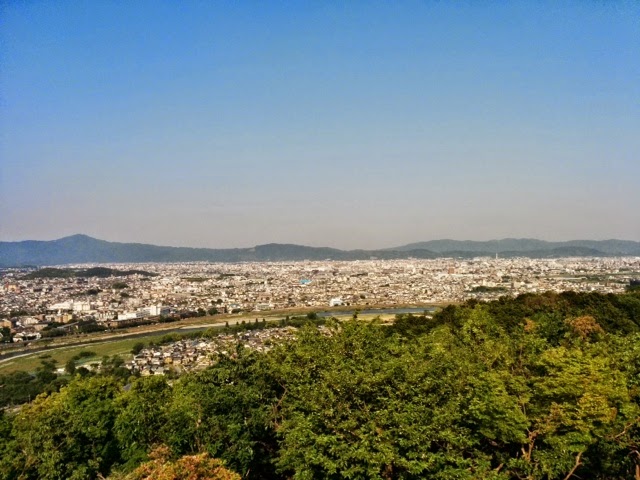Techie warning …. this post may me a bit more IT-ish than normal 🙂
I know I probably shouldn’t, but I keep comparing Japan to Korea. They are pretty close geographically and Japan did occupy Korea for quite a while so I was expecting some similarities. They do have some, but it’s the differences that seem to stand out more to me.
Korea seems to have pretty much downright rejected Google, everyone uses Naver, for search, maps, etc. Now, Naver works just fine, if your Korean. The problem is that it is not internationalized, so if you don’t read Hanguel then you are going to be a but stuck. With Google, no matter what your language, you can most likely get at least the interface so you can read it.
Japan is the complete opposite, they have embraced Google like no tomorrow! All the train schedule are avaliable for Google, both JR (the national rail), private rail, subway lines, busses, everything. But it’s not only the schedule, the prices are avaliable too.
If I use google maps for directions to Osaka it will give the train numbers, the platform, and the cost to travel. It will also tell you the correct exit from the station when you get off at the other end. The transit systems have obviously put a lot of thought in how they share information with google to give their customers the best experience. I’ve been really impressed.






